by Lewis J. Whittington for The Dance Journal | photos by Bill Hebert
Federico Garcia Lorca, 1933 play Blood Wedding was a hit when it premiered, has inspired many adaptations in many languages ever since. In the 80’s director, Carlos Saura turned it into a hit dance film of choreographer Antonio Gades’ Flamenco dance version of the play.
A new English translation of the play by Nahuel Telleria is currently running at the Wilma Theater in a staging by Hungarian director-choreographer Csaba Horváth, who conceives Lorca’s tragic tale of betrayal, lust and familial blood feuds into a surreal dance-theater piece. Lorca’s themes and characters echo tragic Greek theater with themes of psychological torment, visceral motives and the fates and forces of nature in play.
Horváth is an award-winning choreographer and director. He was Artistic Director of Central Europe Dance Theater and founder of the Forte Theater Company in Budapest where he established a resident company of actors in developing a unique theatrical language incorporating focused on bodies, voices, dance, music, and text.
On the Wilma’s website, Horváth comments “It’s harder to lie with your body” which brings to mind Martha Graham’s blunt dance credo “The body doesn’t lie.” That is one of the creative keys that unlock the director’s vision in Blood Wedding.
 The play has been in development for a year in the Wilma’s HotHouse theater lab with many of the resident actors already game for productions that require a lot of physicalities. Along with the director’s concepts of physical theater, he also challenges this cast of actors with elaborately choreographed scenes.
The play has been in development for a year in the Wilma’s HotHouse theater lab with many of the resident actors already game for productions that require a lot of physicalities. Along with the director’s concepts of physical theater, he also challenges this cast of actors with elaborately choreographed scenes.
The story concerns three families that become embroiled in a blood feud in rural Spain when two young lovers become engaged. The Groom (Jered McLenigan) argues with his mother (Jaylene Clark Owens) his proposal of marriage to a young woman in a nearby village. The Mother soon discovers his future Bride (Campbell O’Hare) is part of a family who is responsible for the death of her oldest son and her husband twenty years before. The Mother demurs in the name of her son’s happiness and consents to the marriage, wanting assurance his fiancé is “a good girl.”
Meanwhile, The Bride has had a secret affair with a village horse ranger Leonardo (Lindsay Smiling) who is unhappily married to a devoted wife (Sarah Glinko) who is pregnant with their second child. Everything comes to a head at the wedding ceremony when the Bride and Leonardo run off together.
Horváth’s physical theater techniques reveal the inner motives and roiling emotional conflicts of the characters. Especially in the opening scenes some of the actor’s movements can distract from Lorca’s volcanic dialogue cycles and seems pretentious at key points, but this movement language ultimately draws you into the drama on its own terms.
In the explosive full- cast dance section Horváth choreographs step dancing, gallops and stomp patterns as the cast of eleven also vocalize dissonant sharp notes and pound out rhythms on the floor. The choreography evokes both communal order and unbridled chaos.
Owen’s steeled physicality as a bereaved Mother, speaks volumes as her words seem to articulate her desire for vengeance and justice. At the other end of the movement spectrum, O’Hare’s delivers a spellbinding vocal and physical performance throughout the play. She has to deliver a lot of dialogue and exposition as she, for instance, is climbing over moving chairs or in conflicted dance duets with both McGlenigan and Smiling.
Horváth’s creates intoxicating stage pictures in the Wilma production in collaboration Thom Weaver’s shadowy set with a phalanx of chandeliers hovering and otherwise brilliant lighting design during the dances. One scene of magical realism is spotlighted on Ross Beschler dressed in a silvery suit as The Moon, reciting Lorca’s most poetic passages as he hovers above the stage.
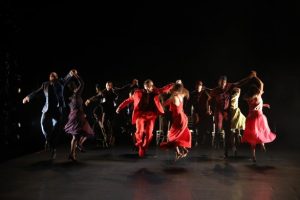 Composer Csaba Ökrös music for Blood Wedding mixes traditional Eastern European folk melodies and a series of solo pieces for various instruments that are performed by the actors. Glinko is heartbreaking as the betrayed wife who says “I’m an afterthought” in her husband’s heart. She expresses her torment in a saxophone solo of ascending notes that soar into the blazing screams. At one point, a double-bass becomes a kinetic sound sculpture bowed by Scammell and Jain as it see-saws between their bodies.
Composer Csaba Ökrös music for Blood Wedding mixes traditional Eastern European folk melodies and a series of solo pieces for various instruments that are performed by the actors. Glinko is heartbreaking as the betrayed wife who says “I’m an afterthought” in her husband’s heart. She expresses her torment in a saxophone solo of ascending notes that soar into the blazing screams. At one point, a double-bass becomes a kinetic sound sculpture bowed by Scammell and Jain as it see-saws between their bodies.
As the party gathers for the climactic wedding scene, the cast sings a madrigal “Let the Bride Wake” led by Matteo Scammell, playing the flamenco guitar. Meanwhile, O’Hare is in red silk slip and in a clawing frenzy on the set’s backdrop cliff trying to summon the courage to go through with the ceremony. Eventually, the wedding commences and so do the dances. Horváth choreographs spirited Eastern European folkloric dance lines.
The central ensemble dance is reprised but breaks into a more fevered and liberated dance bacchanalia. Horváth’s took full advantage of the dancier skills of Justin Jain and Scammell for their pugilistic duet, laced with some flashy acrobatics.
Even with some overcooked physical theater conceits, on balance, Horváth conjures the universal themes of Lorca’s dramatic poetry and it is not a stretch to think that this cast will continue to refine its dance-theater attack.
Mr. Whittington’s arts profiles, features, and stories have appeared in The Advocate, Dance International, Playbill, American Theatre, American Record Guide, The Harvard Gay and Lesbian Review Worldwide, EdgeMedia, and Philadelphia Dance Journal. Mr. Whittington has received two NEA awards for journalistic excellence.
In addition to interviews with choreographers, dancers, and artistic directors from every discipline, he has interviewed such music luminaries from Ned Rorem to Eartha Kitt. He has written extensively on gay culture and politics and is most proud of his interviews with such gay rights pioneers as Frank Kameny and Barbara Gittings.
Mr. Whittington has participated on the poetry series Voice in Philadelphia and has written two (unpublished) books of poetry. He is currently finishing Beloved Infidels, a play about the murder of filmmaker Theo van Gogh. His editorials on GLBTQ activism, marriage equality, gay culture and social issues have appeared in Philadelphia Inquirer, City Paper, and The Advocate.
- A Day in the Life of Philly’s Master Choreographer, Dr. Rennie Harris - March 21, 2024
- Errand Into The Maze | The Life and Works of Martha Graham - March 1, 2024
- Matthew Rushing leads Alvin Ailey Company’s Tour - February 20, 2024

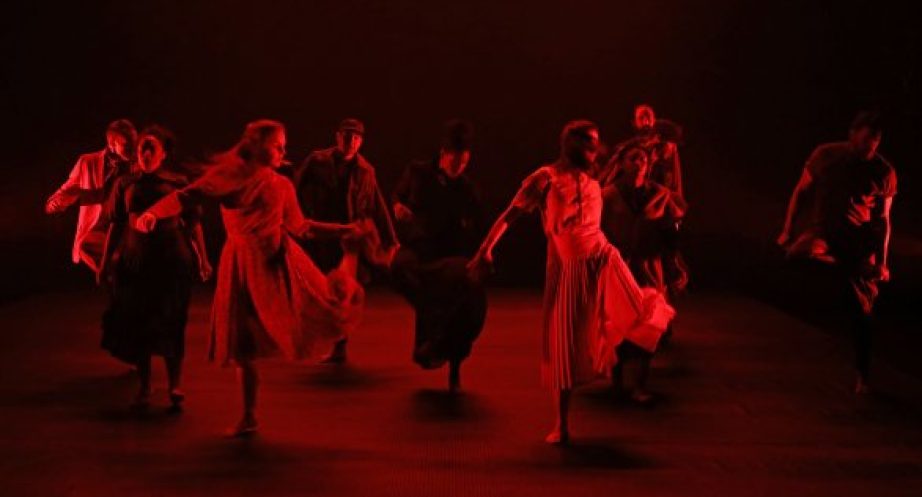

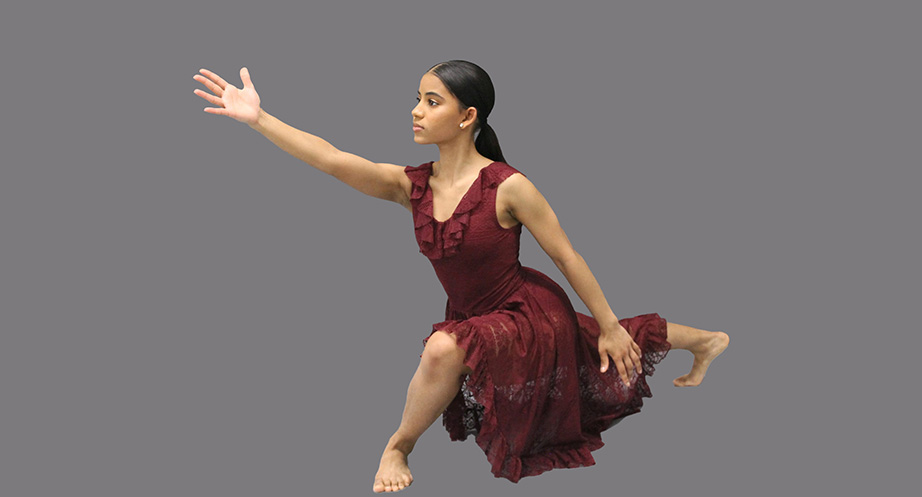
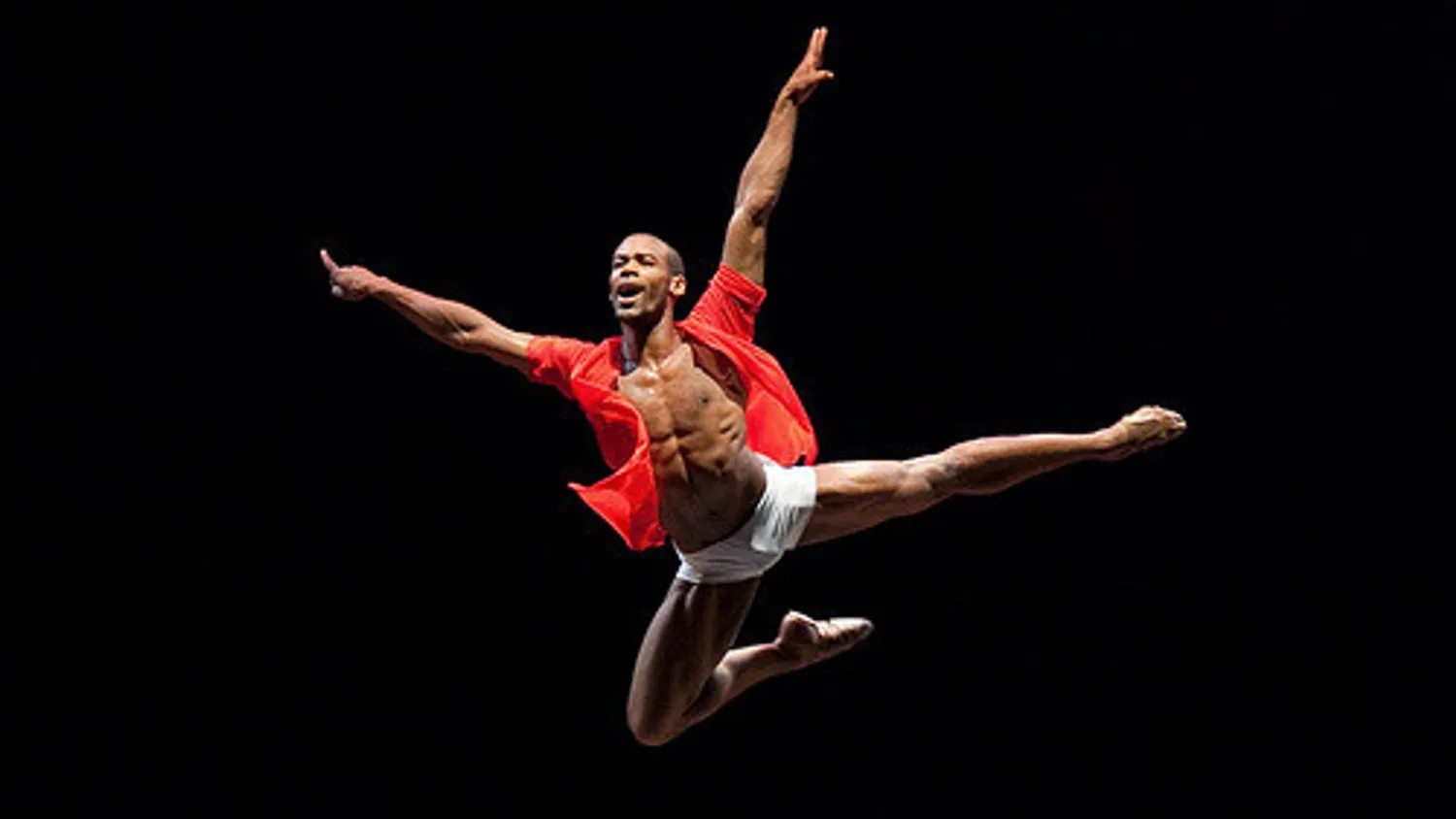
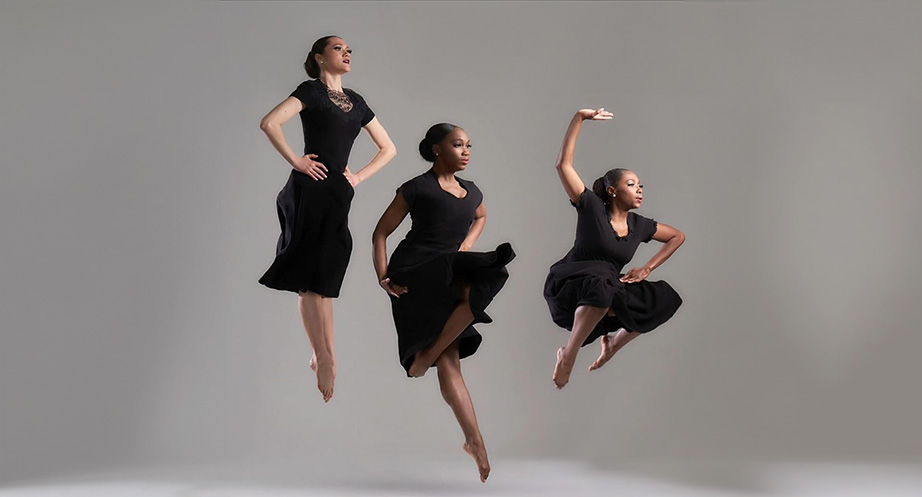
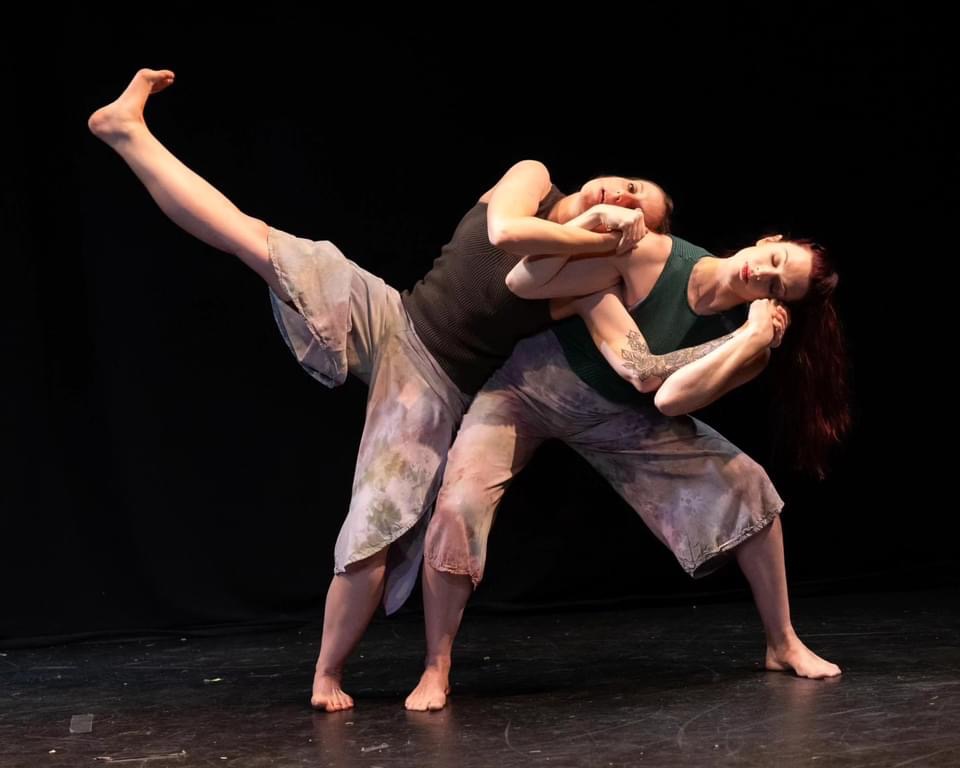
Fantastic review Lew, I had argued that this needed to be reviewed by a dance critic rather than a theater critic and am glad to see your dancecentric take. The theater writers didn’t get it.
Comments are closed.